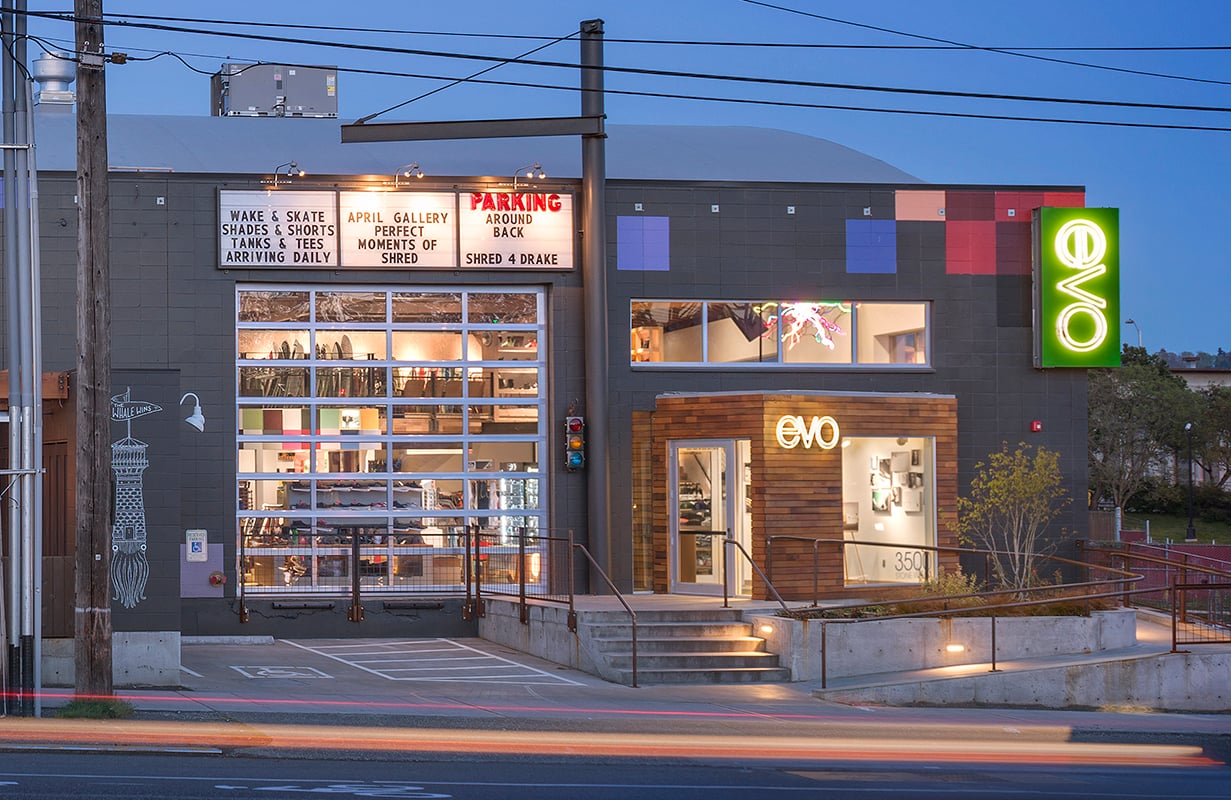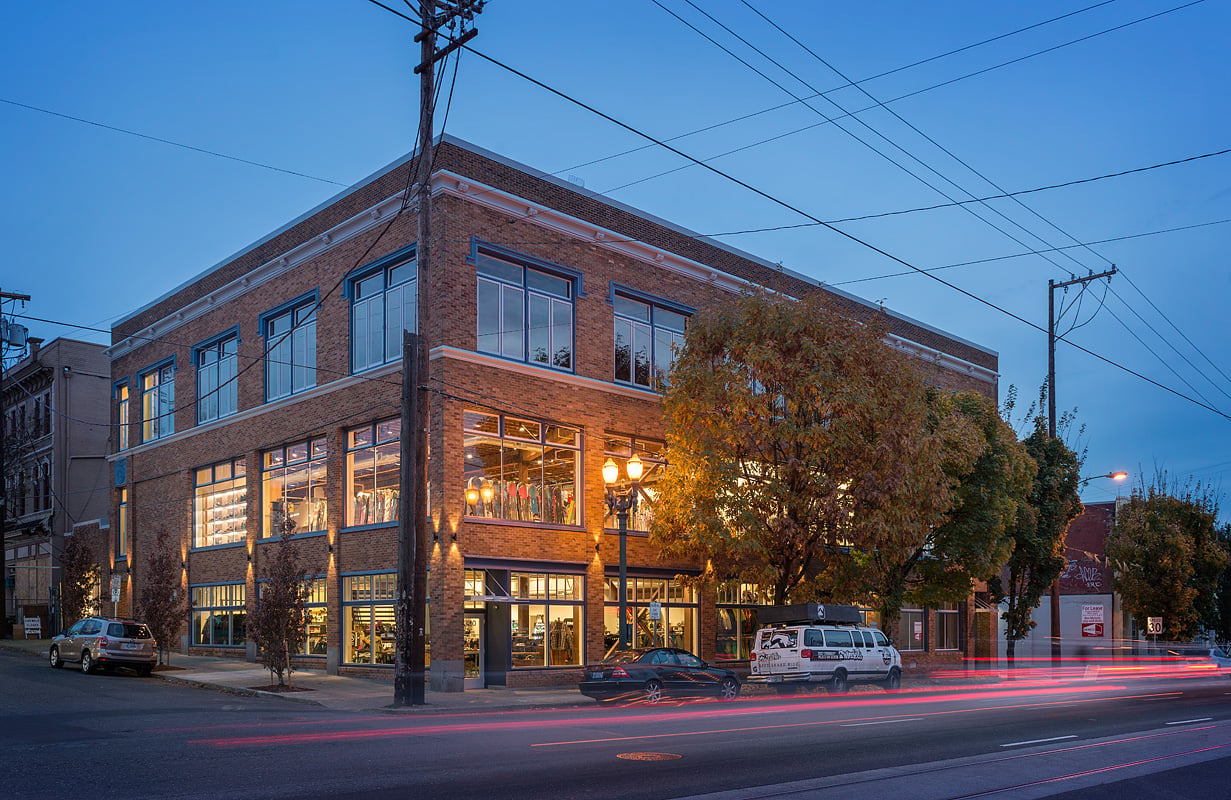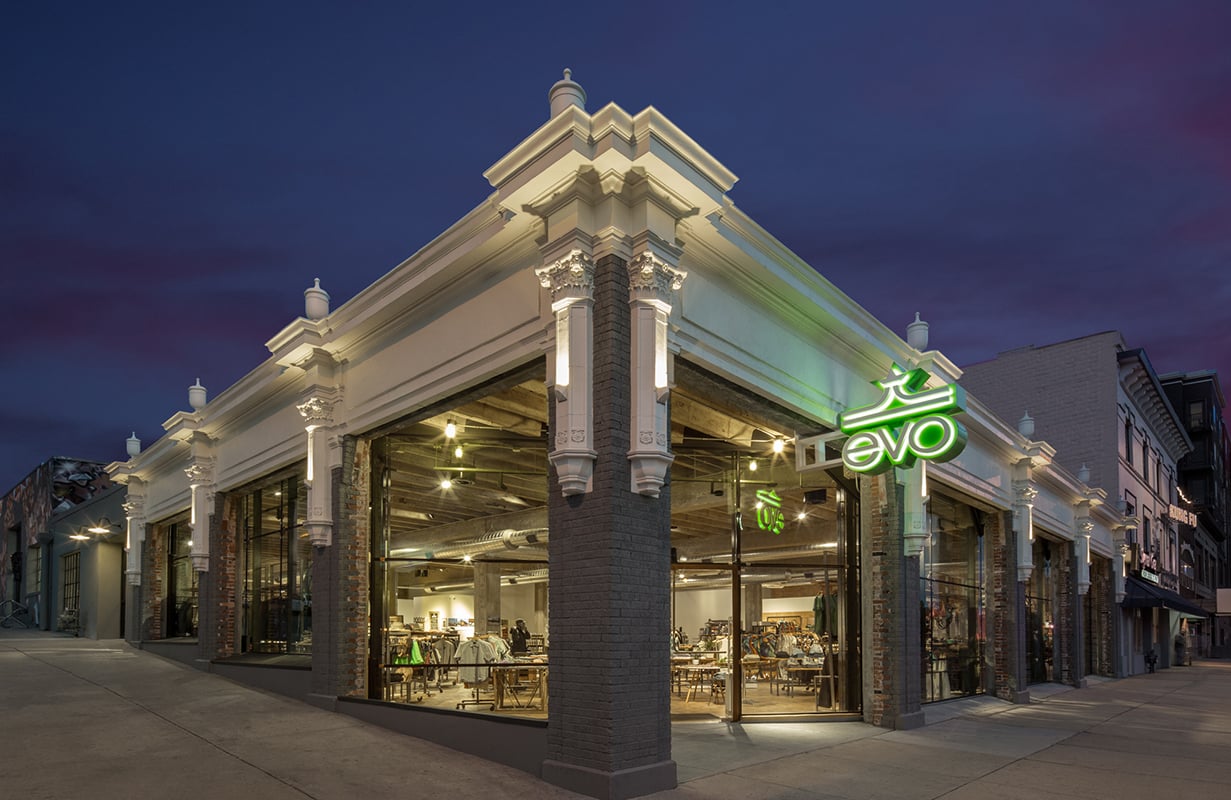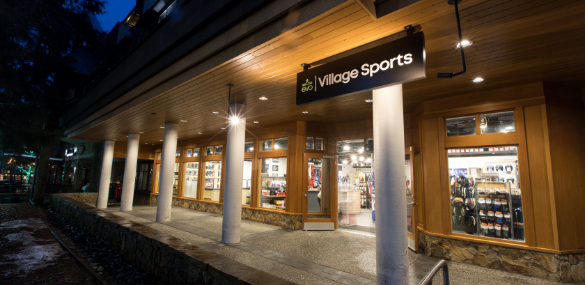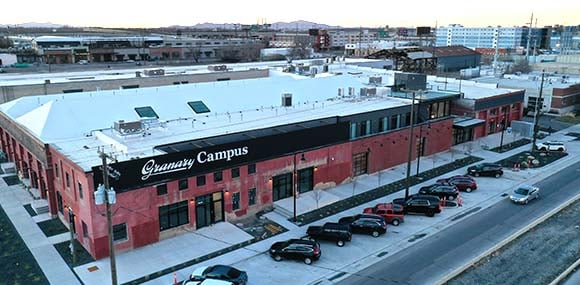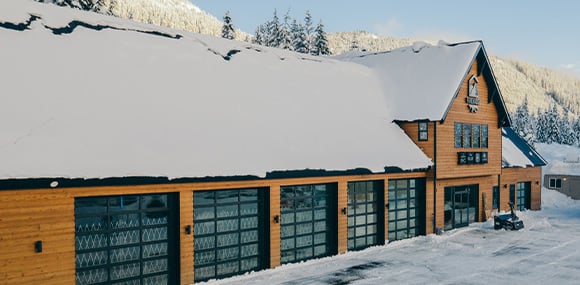>> Checkout our latest review of the 2023 Santa Cruz Hightower here.
Santa Cruz Hightower First Ride Review
Written by evo Denver Bike Lead Nic Sears, Denver, CO: Santa Cruz has been making bicycles since ‘94. They started off with a full suspension mountain bike before full suspension was the norm. A couple of years back, Santa Cruz released the current version of the Nomad. It was seen as a radical departure, but when looking closely, the linkage was very similar to their V10 downhill bike. Santa Cruz’s new approach to their VPP suspension platform offered better small bump compliance, midstroke support, and enhanced traction while braking.Fast forward a few years and the Santa Cruz Hightower has undergone a complete facelift for 2020. The original Hightower was a hit in a segment of bikes in their infancy. It spawned the Hightower LT and brawler Megatower. Hightower was a 135mm bike mated to a 140 fork and helped change the perception of 29ers. For 2020 the travel has been upped to 140mm in the rear and 150 in the front. This places it just below the 160mm Megatower and combines the best of last year’s Hightower and Hightower LT. The new Hightower sports a 65.2° head angle, 76.6° seat tube, and 470mm reach on a size large. That puts the bike nearly 2° slacker at the headtube than the original and more than 1° slacker than the LT. It also increased the reach 20mm and steepened the seat tube by at least 2°. The Hightower also receives a suspension update resembling that of the Nomad, Megatower and Bronson. These numbers equate to a bike that is not just up-to-date in its category but sets the bar for bikes to come.
The Details
At 5’ 11”, 165 pounds, I really enjoyed the fit of the size L Hightower CC X01 Reserve I rode in Whistler. The $8,299 build is definitely not for everyone, but it does give you a lot for your money. The Reserve carbon wheels and their svelte weight, DT Swiss 350 hubs and bomber durability, combined with a lifetime warranty are no joke. Suspension duties are taken care of by the new RockShox Lyrik Ultimate fork and Super Deluxe Select Ultimate shock. The Lyrik gives you usable high and low speed compression adjustments that you can actually feel on the trail and the Super Deluxe offers the support needed to rail berms and track through the rough stuff. Bomber SRAM Code RSC brakes have all the stopping power you’ll need to shut it down. Their modulation is something SRAM is known for and the pad adjustment really works, so you can setup cockpit to your liking.
The Climb
My first impression of the Santa Cruz Hightower came from its climbing performance on Whistler's steep slogs up old logging roads. I have ridden many newer bikes with the common trend of steeper seat tubes and increased reach; a fantastic trend and one that centers the rider’s weight over the bike and increases efficiency at the pedals. The Hightower does just that. The front end does not wander. I never found myself reaching to stiffen up the rear shock. I only found the need to shift my weight forward on the steepest ascents. The traction offered by the VPP clawed up the trail, but its liveliness was a surprise.The Santa Cruz Hightower does not just “handle” the climbs. I found myself monster-trucking up slippery root sections and passing on the inside of tight switchbacks. This is the type of bike I would want to hoof up above 12,000 feet in Colorado.
The Descent
Whistler’s trail rides have a distinct style. The steepness and roots followed by even steeper slabs of granite help unlock the limits of a bike. The Hightower did not flinch. The Hightower’s rear end is slightly less progressive than the Megatower, meaning it easily moves from one side of the trail to the other and boosts off of roots and rocks. The Hightower is more playful than the Megatower but when dropped to flat or hucked into a pile of rocks, the redesigned frame really shines, holding straight and rocketing out of corners. When embarking on an alpine epic, the bike should won’t just “handle” the downhill, it’ll devour it.I spent a season and a half on the outgoing Hightower LT. The LT was a great bike for Colorado. It really offered a balanced experience for both climbs and descents. The extra travel allowed it to be pushed harder than the original Hightower and never seemed too detrimental on the longer ascents. However, after climbing the 2020 Hightower I had a new appreciation for “modern” geometry. It climbed with more urgency and balance than both previous versions of Hightower. The other obvious note is the new low linkage design. This is not the gravity sled that is the Megatower, but the composure on hard g-outs and flat landings eclipses that of the LT. The 2020 Hightower can be ridden harder, faster, and with more confidence than its predecessors.






